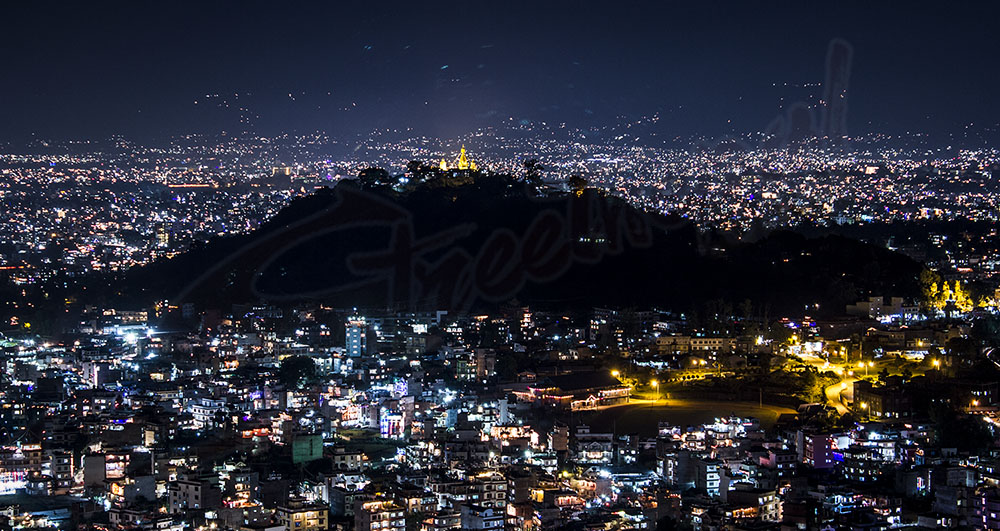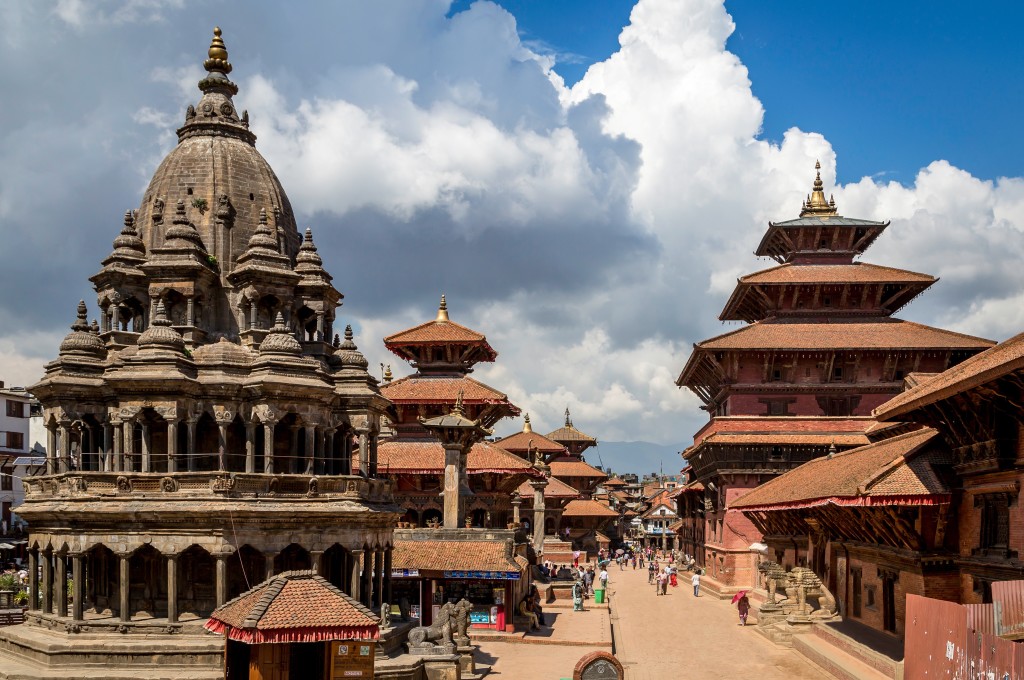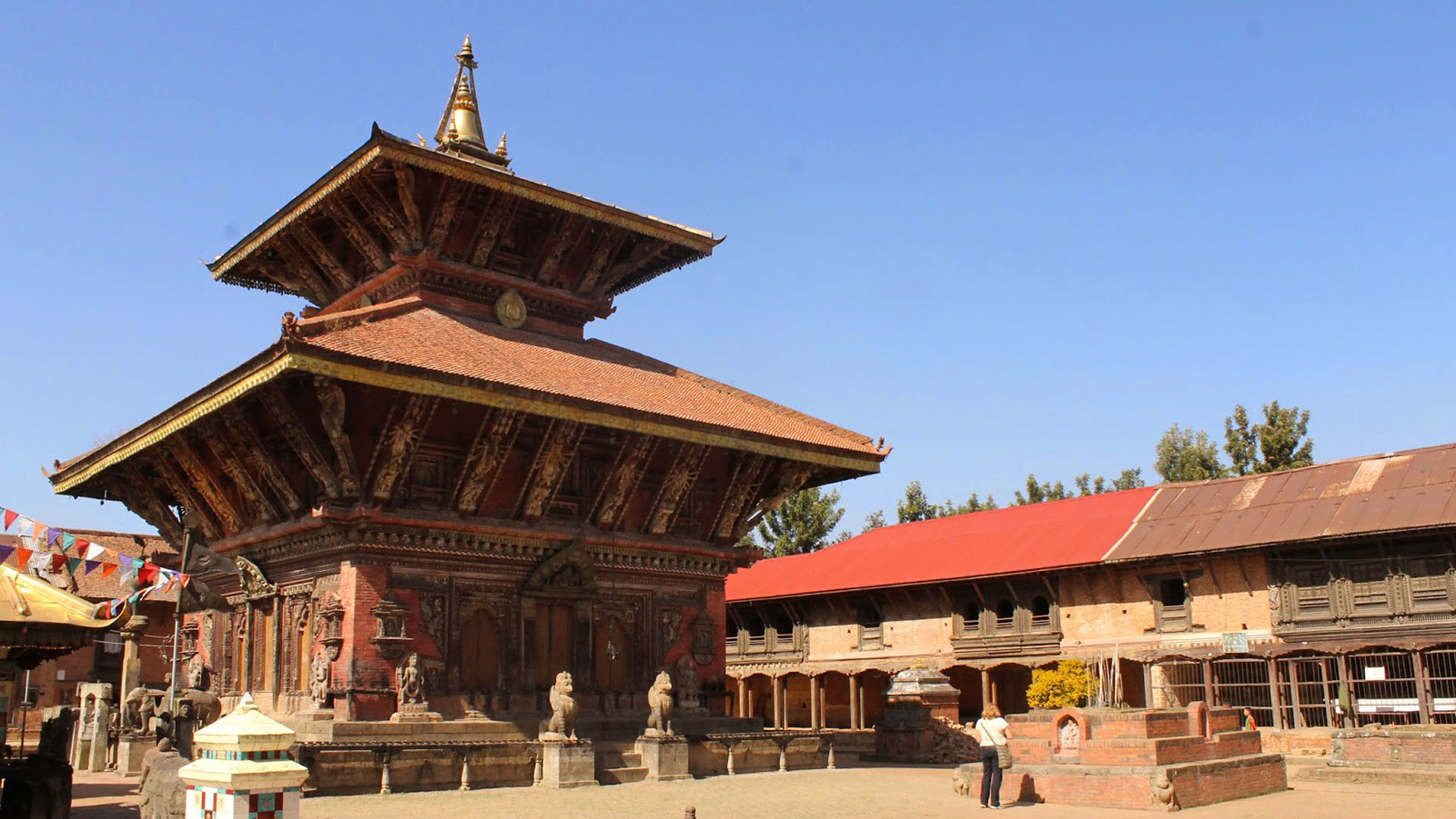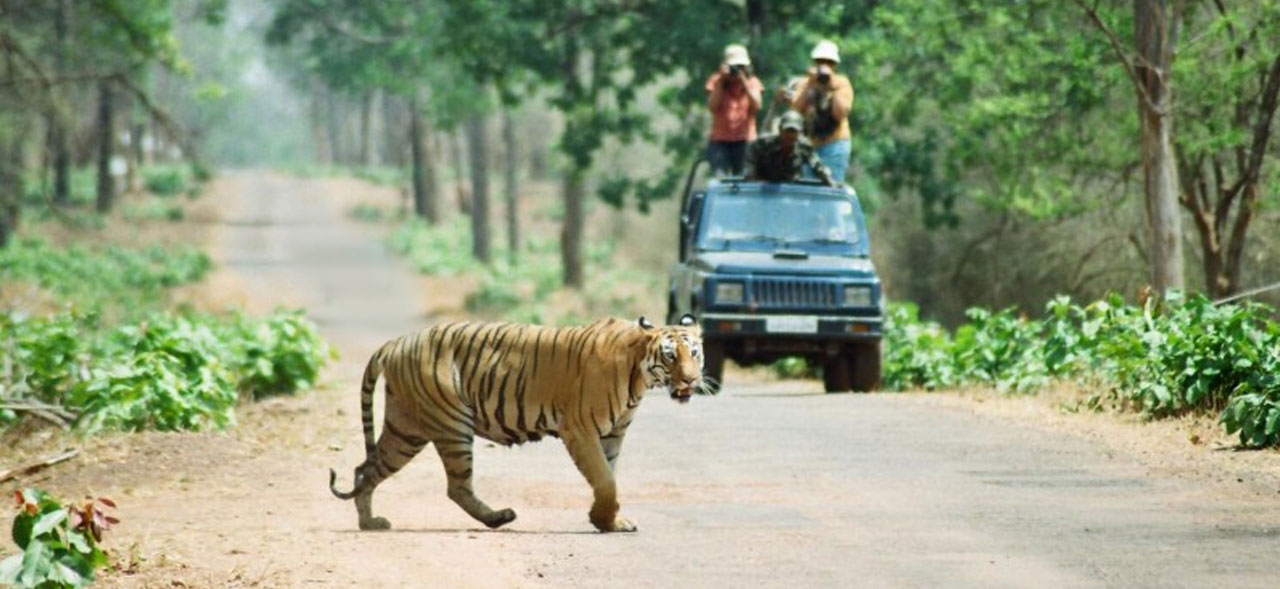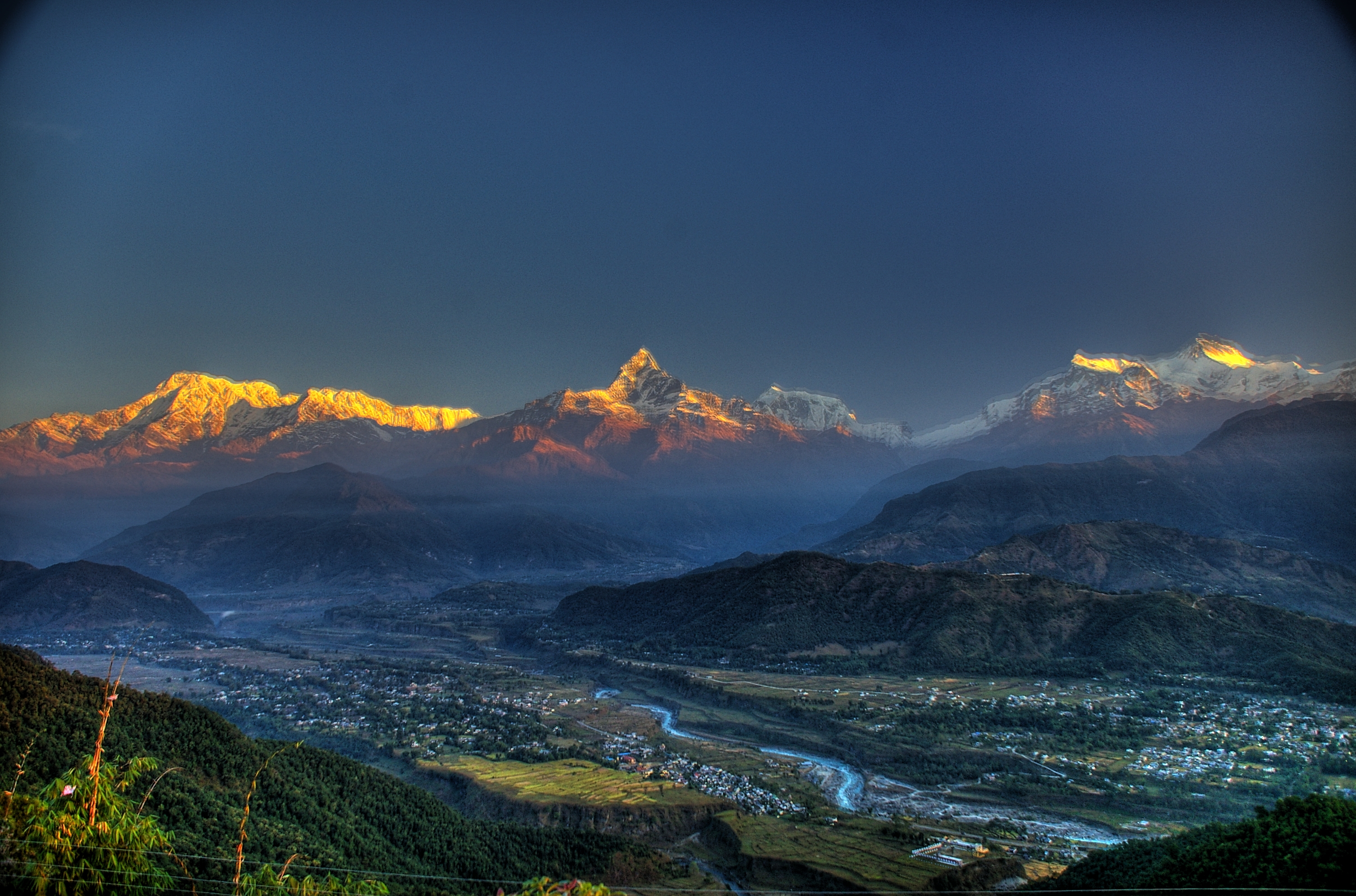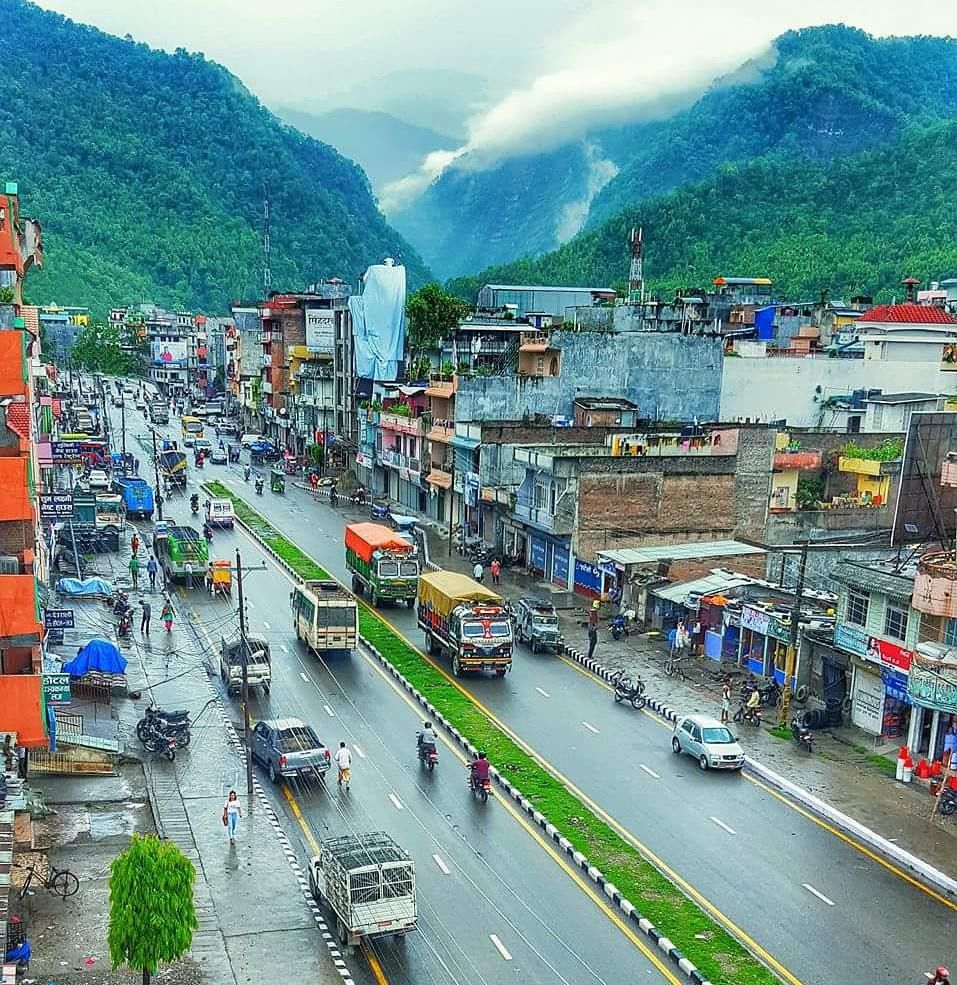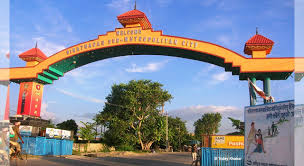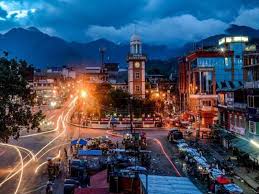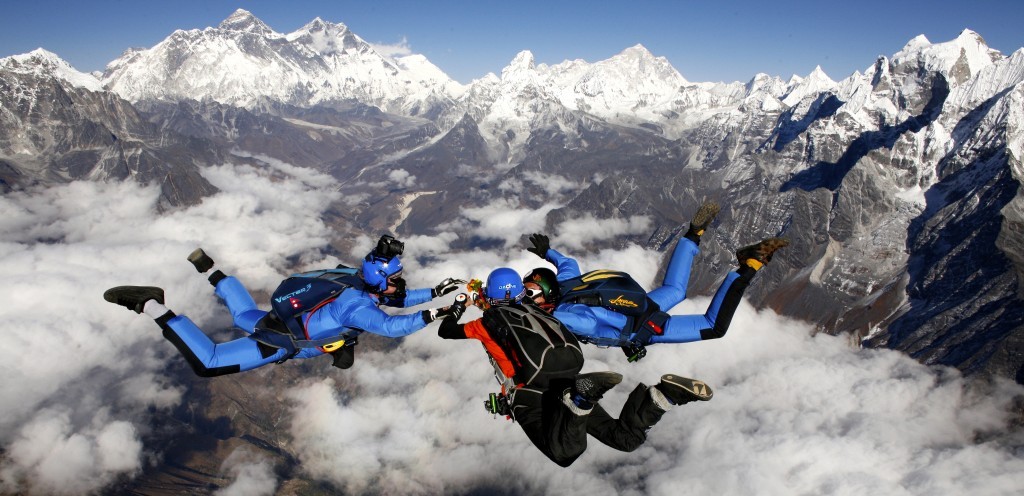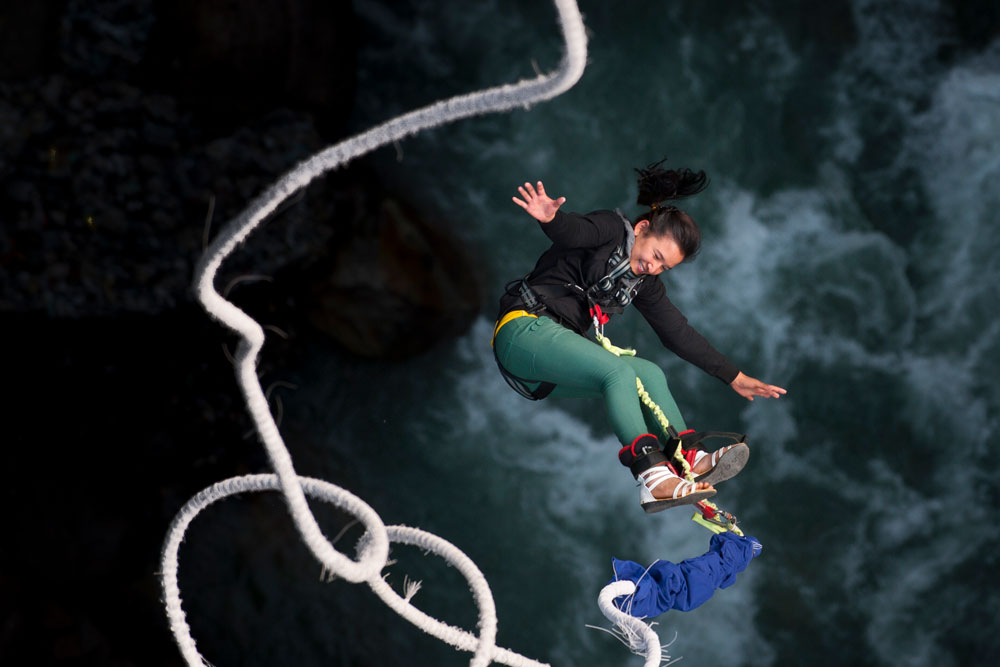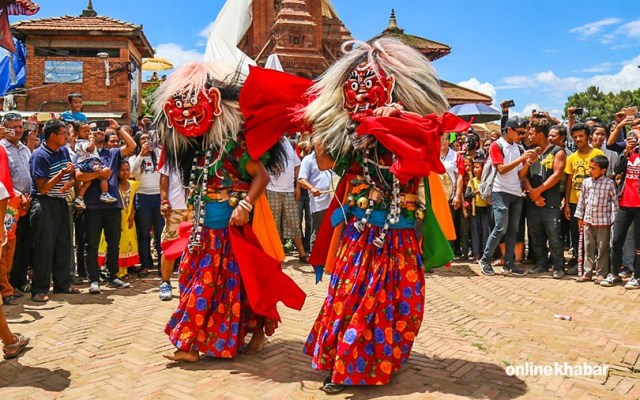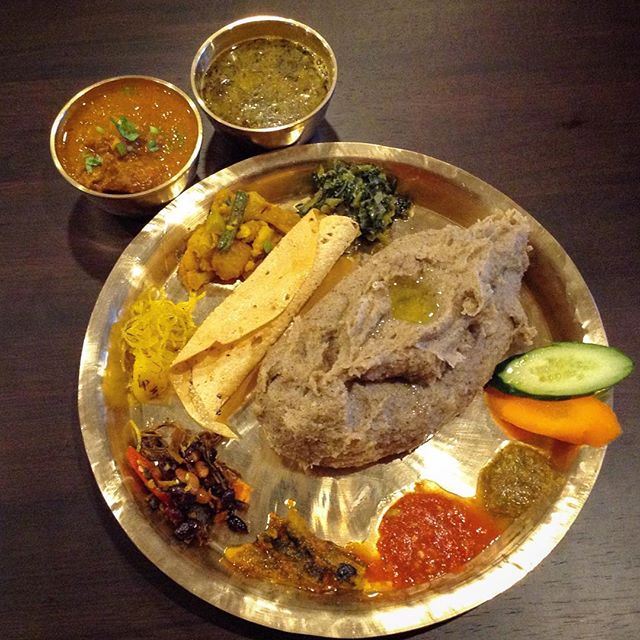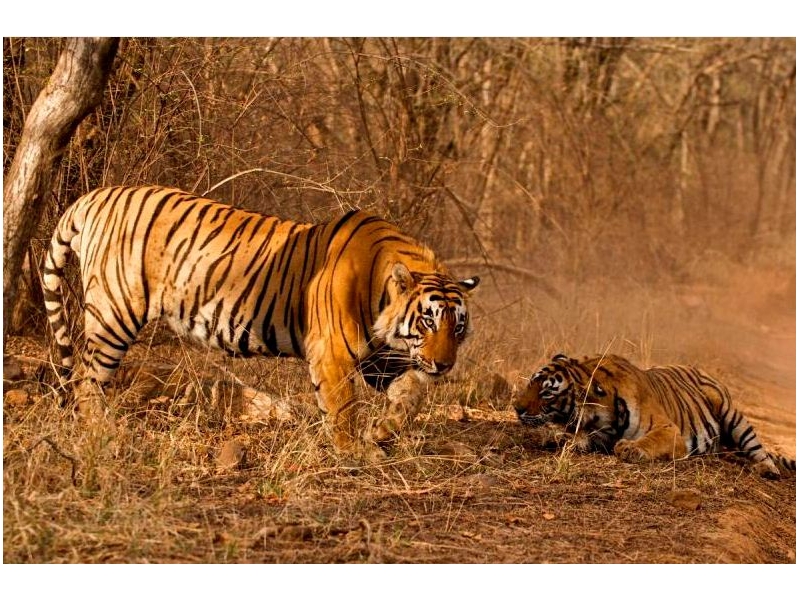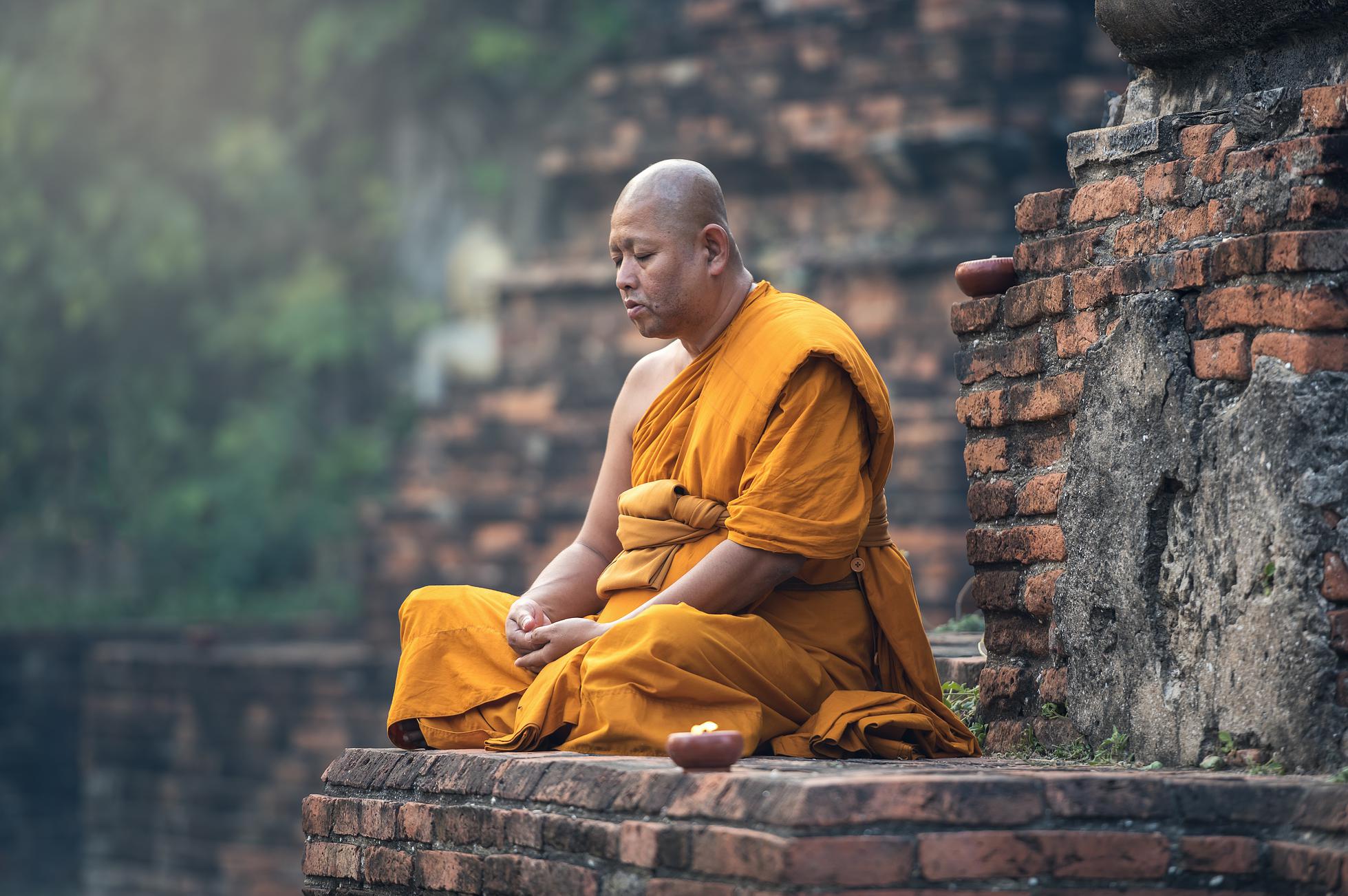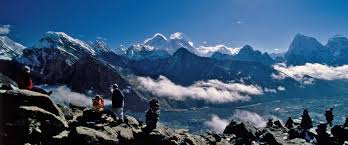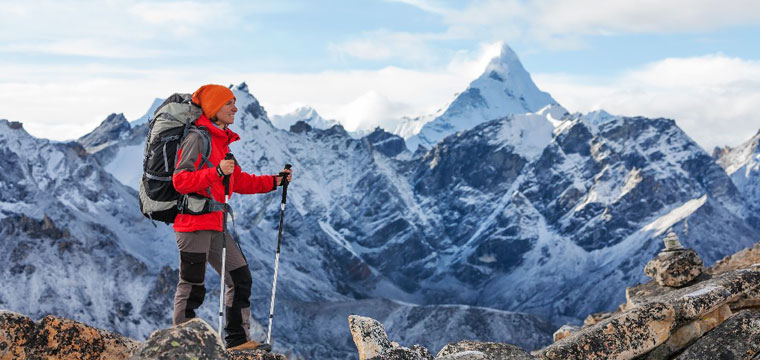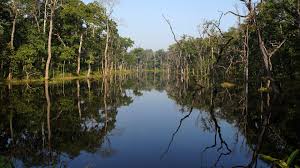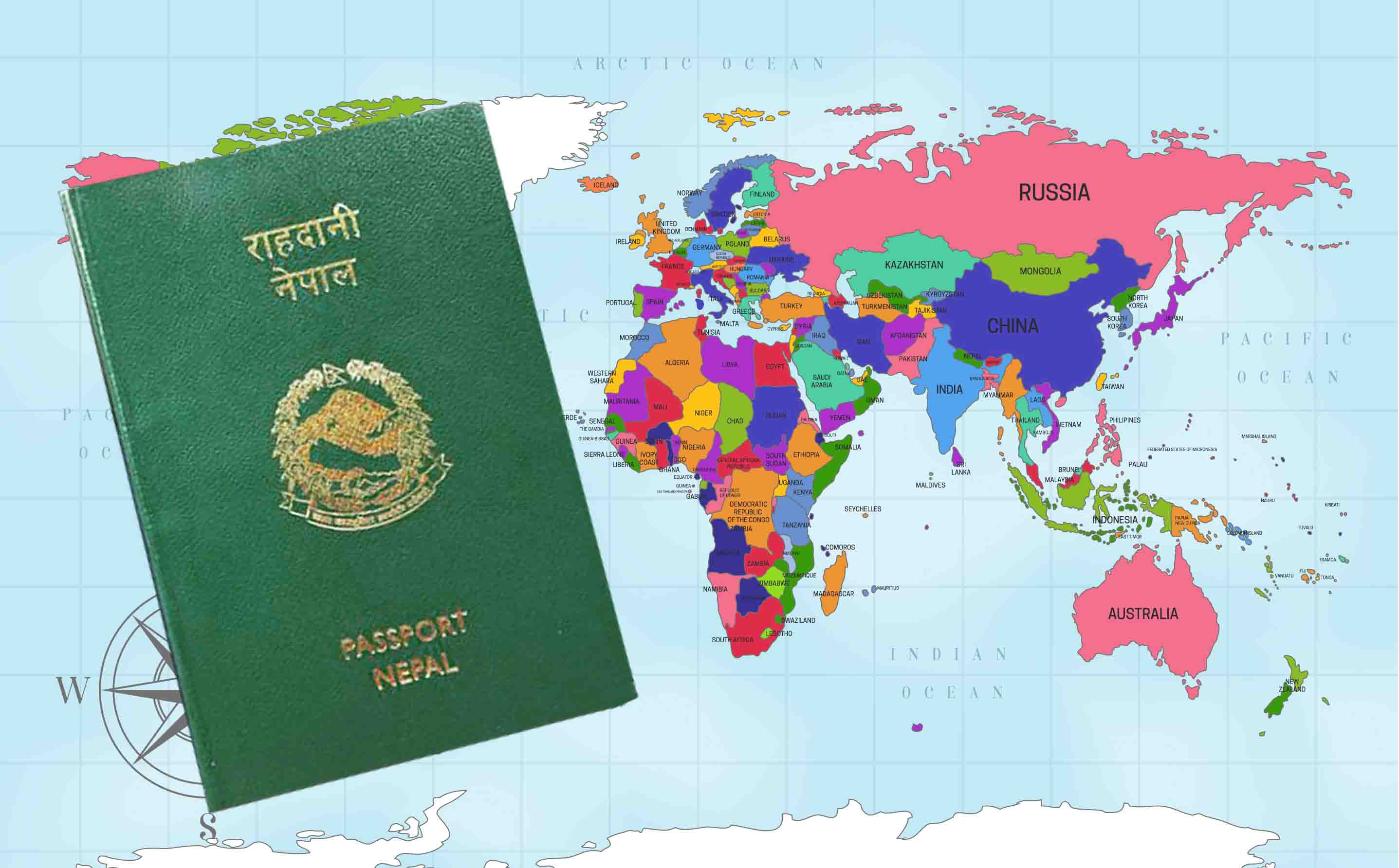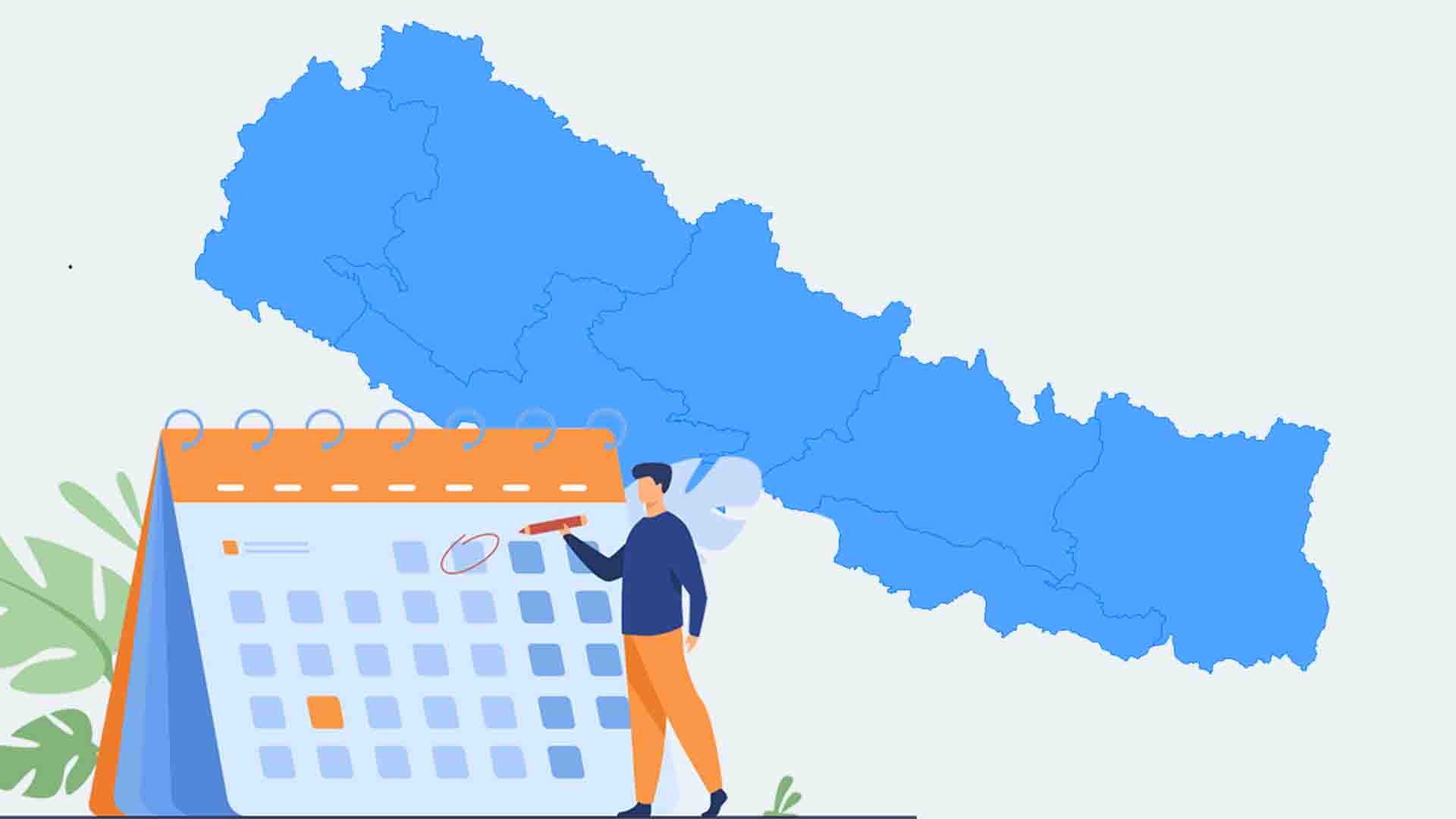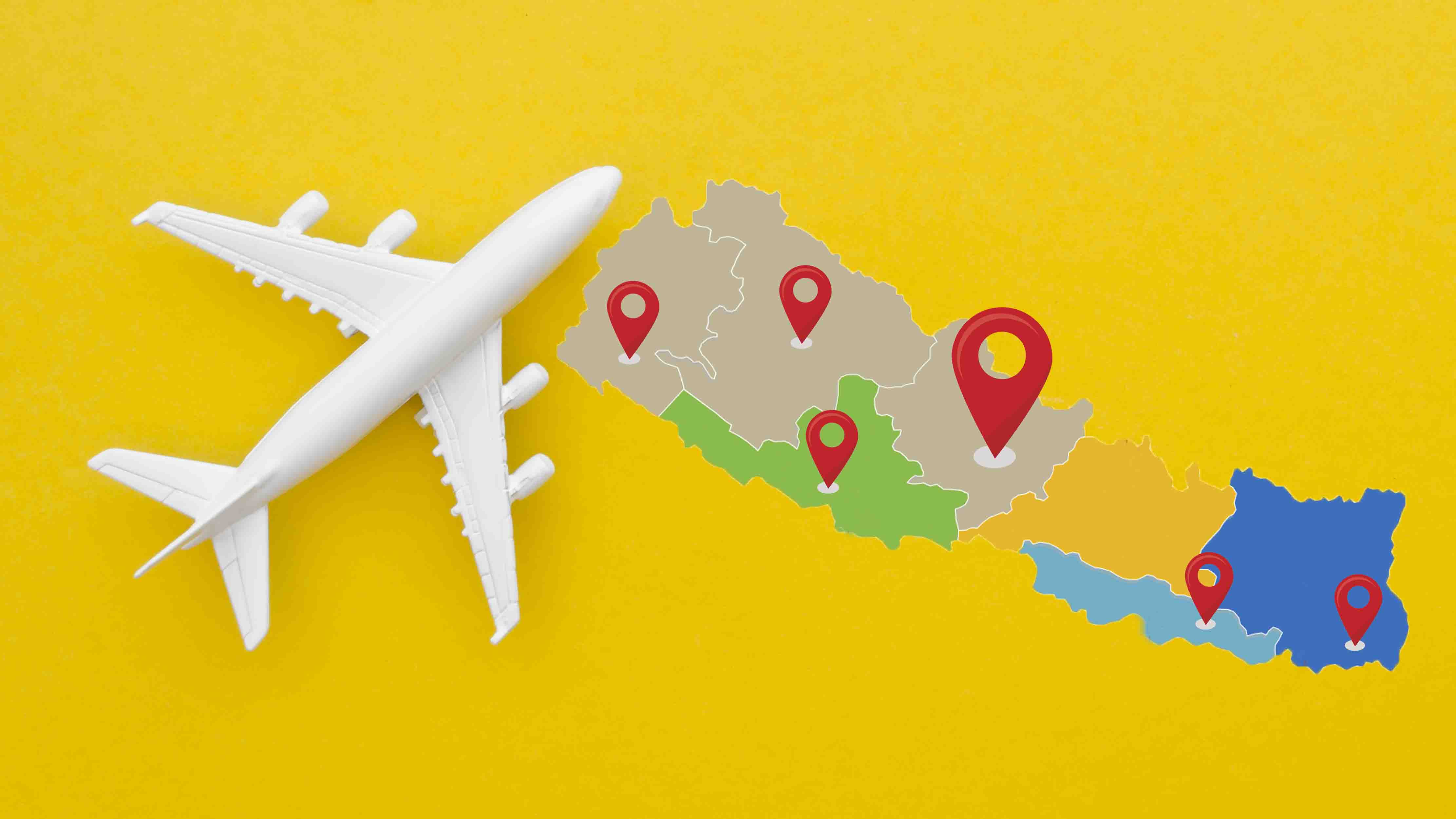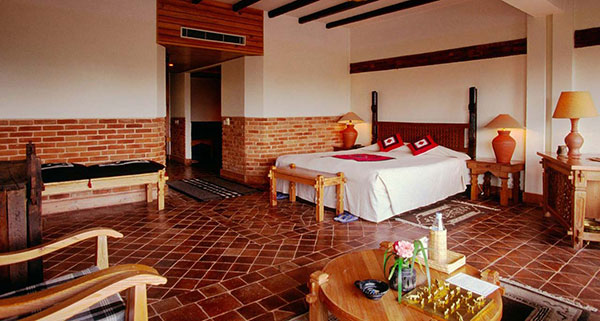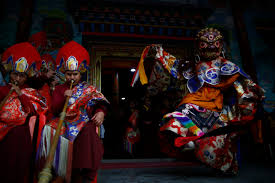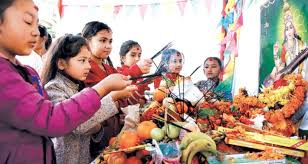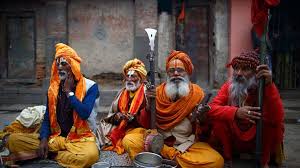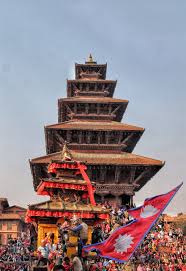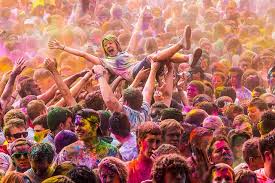Understand Nepal > festival > Gyalpo Lhosar
Gyalpo Lhosar
Gyalpo Lhosar is one of the important festivals of the Sherpa community that lives in the Everest Region of Nepal. The Sherpas of the Everest Region is popular as the world-famous climbers and the first ones to conquer the highest mountain in the world – Mount Everest. The festival is also common among Thakali and Bhote ethnic groups of the same region. Celebrated as the New Year, Gyalpo Lhosar falls on the month of February along with the Tibetan New Year.
The term Lhosar forms of two words Lo and Sar which meaning year and new respectively. The festival is also common among Yolmo and Bhutia ethnic groups. The major celebrations take place during the first three days. The first day is known as Changkol which means Chaang – the Tibetan beer. The second day is called New Year Day or Gyalpo Lhosar, and the third day is for parties, get together, and feasts, or break from regular schedules.
The festival lasts for two weeks when friends, families, and relatives gather together to eat delicious snacks like Khapse (deep-fried bread). People clean their houses and surroundings in order to welcome good vibes and energy. The celebration is all about exchanging good wishes and feeding on Tamang cuisines like Gutung, which is a special type of soup prepared with meat, rice, sweet potatoes, wheat, Yak cheese, green peppers, and radishes is served with dumplings. Different traditional dances take place with traditional music played with unique instruments. People wait for midnight on the eve of Gyalpo Lhosar to pass the traditional greeting “Tashi Delek” which is a traditional way to greet Happy New Year.
The best thing about the festival is the vibes that come from ceremonial dances that are exciting to watch and meaningful at the same time. People dress as deer and king to show the struggle between demons and goods and are performed at local monasteries. Different mantras are chanted, fire torches are lit, and are passed among each other. Several donations to monks are done. People, especially kids, wear new clothes, and everyone resolves all kinds of quarrels before the major day.
The festival can be observed in the Boudhanath area, Swoyambhunath Stupa, and other monasteries in major cities and in the mountain regions where native people live.








